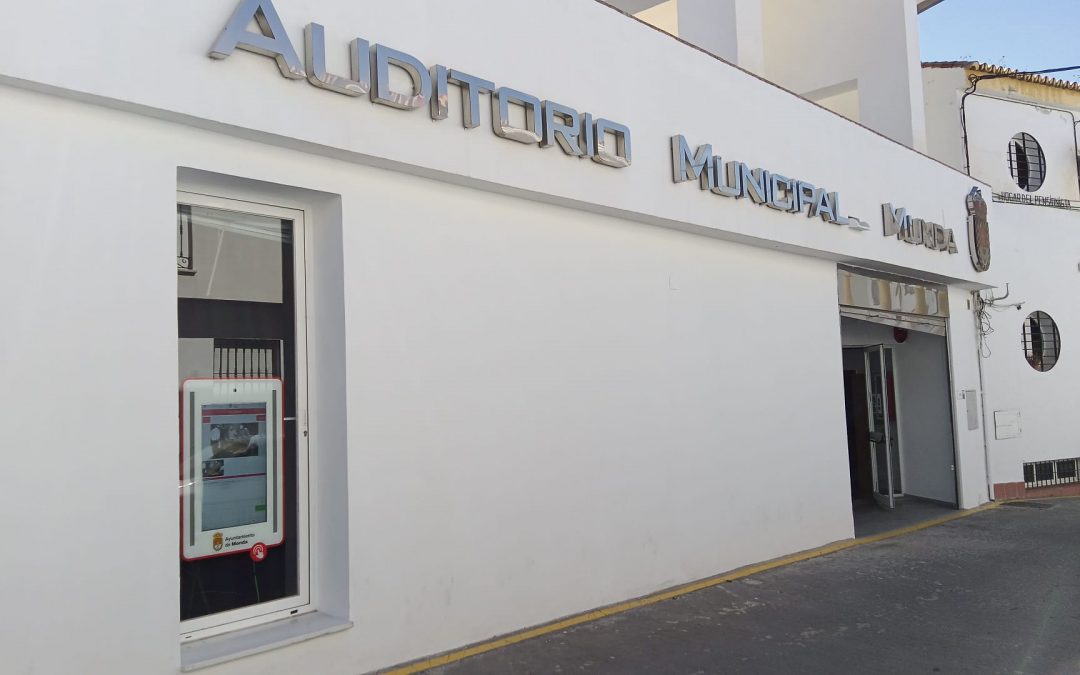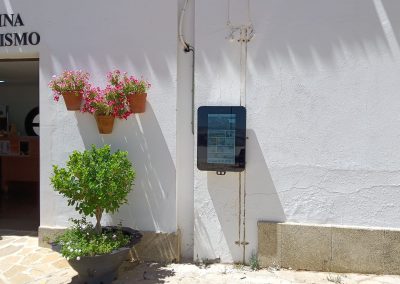Becoming a smart cities has been a growing trend in recent years, whether as a group of public administrations, destinations in the same region or, most commonly, a smart town or city. The goal of this transformation is to improve the city by optimising processes, introducing tools (most of them technological), saving money, protecting the environment and, ultimately, the citizen and the visitor.
The aspects that affect the digital transformation into a smart city are truly wide-ranging. The measures impact the economy of your town or city, and although it requires both initial investment and maintenance, in the long term you will save costs in materials, personnel and time as well as improve your services.
In terms of governance, you will improve communications with your citizens and visitors, promoting transparency and enhancing the efficiency of the services you provide. You can also optimise mobility through information, sensorisation or the implementation of personal mobility services. It goes without saying that any investment in the environment is an investment in the destination itself, managing the impact of tourism on the area. And let us end this brief list by mentioning the benefits in terms of social cohesion and better quality of life.
This host of benefits is why becoming a smart city shouldn’t just be a trend but rather an obligation. But where, you might ask yourself, do I start? Follow these seven steps and you too can become a smart destination.

Step 1: look into the success stories of other smart cities
Even though smart cities is a recent phenomenon, San Diego State University was talking about smart communities, the precursor to what we know today as a smart destination, all the way back in 1997.
Many cities have since taken this path and today there are several rankings, awards, studies and lists that rate smart cities.
The European Commission has distinguished Valencia and Málaga as a European Capital of Smart Tourism, which recognises different smart destinations every year.
In the IDC North America Smart City Awards, now in their fifth year, you can see examples of smart destination projects in 14 different categories. You can also check out the Smart City Asia/Pacific Awards from the same company.
The World Smart City Awards, presented by the SmartCity Expo World Congress and aimed at recognising and supporting innovative strategies, projects and ideas, have not been held this year, but you can check the winners of previous years.
Juniper Research also ranks smart cities based on an extensive study of cities around the world. You can search for their study “Smart Cities: Key Technologies, Environmental Impact & Market Forecasts 2022-2026”.
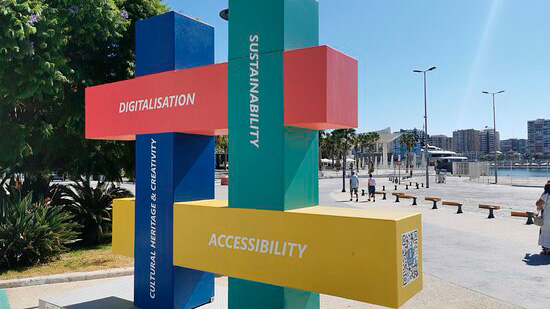
Step 2: Choose your focus and action points
Once you have been inspired by what other destinations have done, you should come up with your own action plan. Governments are already working on governance, so areas like participation, transparency, leadership and data sharing may already be well advanced.
Environmental sustainability can include measures for urban mobility, energy efficiency, solid waste collection and treatment, water supply, purification and reuse, measurement of environmental parameters and the management of public buildings and infrastructures. It is usually one of the most prevalent objectives across destinations as a result of current issues like climate change.
When it comes to accessibility, which is an area where public administrations have to take the lead in inclusion geared towards universal accessibility, actions can be divided into those aimed at both physical accessibility and digital accessibility.
In terms of digital accessibility, legislation had already implemented mandatory measures for public administrations online. However, fully digitalised promotional material or in specific formats such as audio guides or sign guides are still lacking in many places.
Regarding connectivity, one of the measures that many tourist information centres offer as a way to provide added value services to tourists is Wi-Fi access.
There has been an increase in sensorisation in recent years, covering various needs in smart destinations. For example, sensors are available to measure things like weather conditions, parking occupancy, traffic flow and noise.
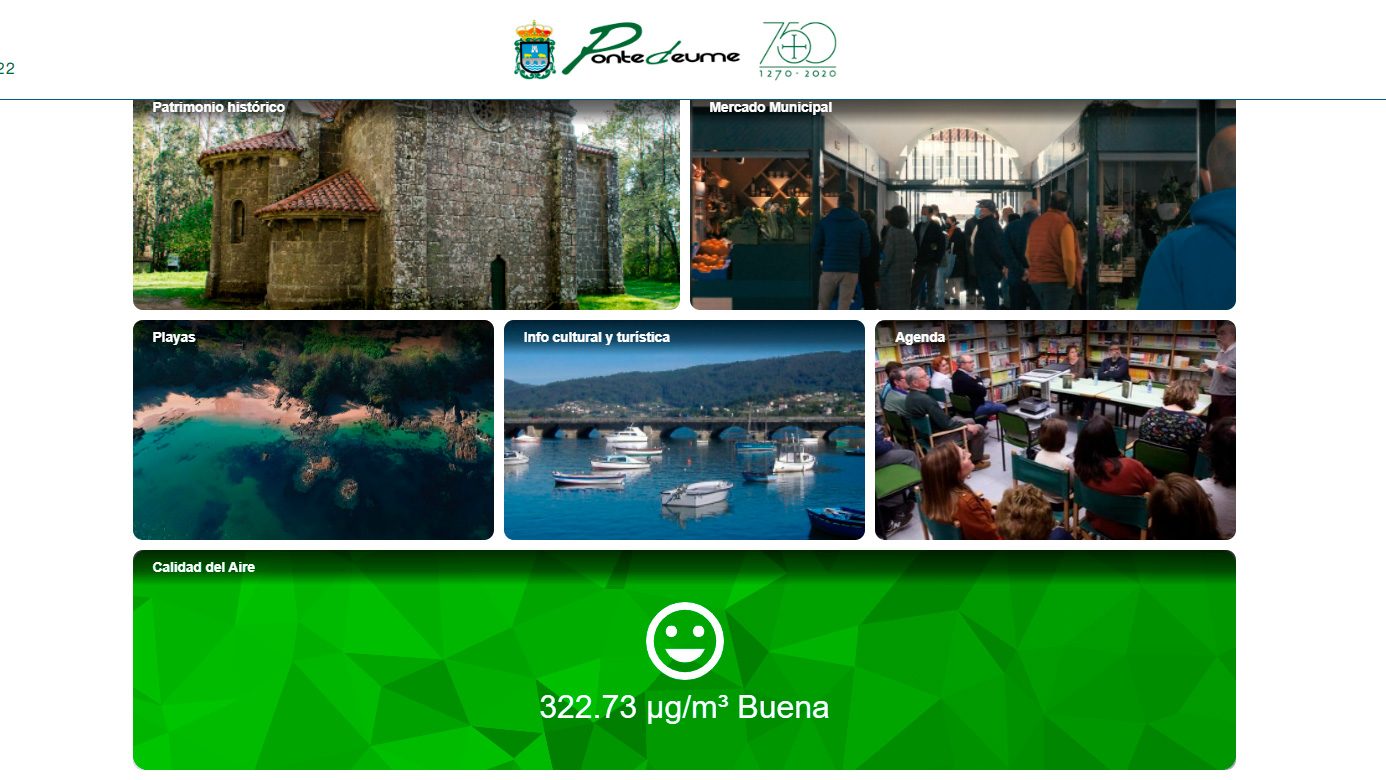
Step 3: Make a master plan
Your master plan will be a living document that will guide you in managing your smart city. This annual plan defines, structures and programmes the measures for developing the strategy. It is reviewed annually, introducing all relevant indicators and adapting the document to the budget available. This makes it possible to stay aligned with market changes and to refocus the strategy.
Now is the time to put numbers on paper and set deadlines in according to the budget. Divide the different investments into phases – and don’t forget about maintenance costs! A new service generally has an associated annual budget to keep it up and running.
The next step is to appoint the people who will lead the digital transformation of the smart city or destination. Cities often organise into a newly created destination management board.

Step 4: Grants and subsidies
There are currently different types of grants available, some of which are recurring and others that are one-off. The central government and autonomous communities, supra-municipal bodies and other institutions all offer subsidies for tourism and several specific ones for smart tourism.
As of the time of writing this article, you can apply for grants for the digital transformation and modernisation of local organisations that are members of the Red de Destinos Turísticos Inteligentes (Network of Smart Tourism Destinations), the deadline for which is 13 June 2022.
In addition to these grants, other specific aid for destinations that belong to the Camino de Santiago (Way of St. James) has also been launched.
The Tourism Sustainability Plans for Destinations for local organisations have already launched several editions, both regular and extraordinary. The most recent deadline for submitting projects, with a budget of €60 million, ended on 31 March 2022, although you should keep an eye out for future calls for proposals.
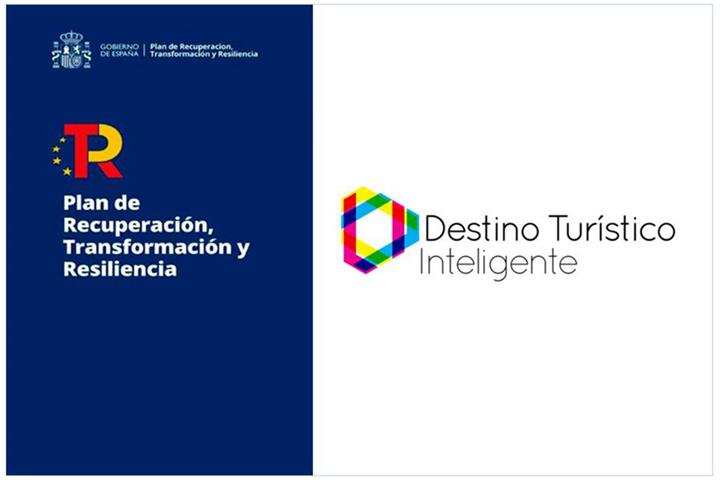
Step 5: find suppliers to support you in your digital transformation
In Spain, this means counting on the help of SEGITTUR. This state-owned company for the management of innovation and tourism technologies reports to the Ministry of Industry, Trade and Tourism, which is responsible for promoting innovation and technology in the tourism sector.
It is also the body that oversees the Red de Destinos Turísticos Inteligentes (Network of Smart Tourism Destinations) and has a list of collaborating companies. You can search its catalogue of certified solutions, which includes not only the company but also the certified solutions they offer. It also includes iUrban solutions.
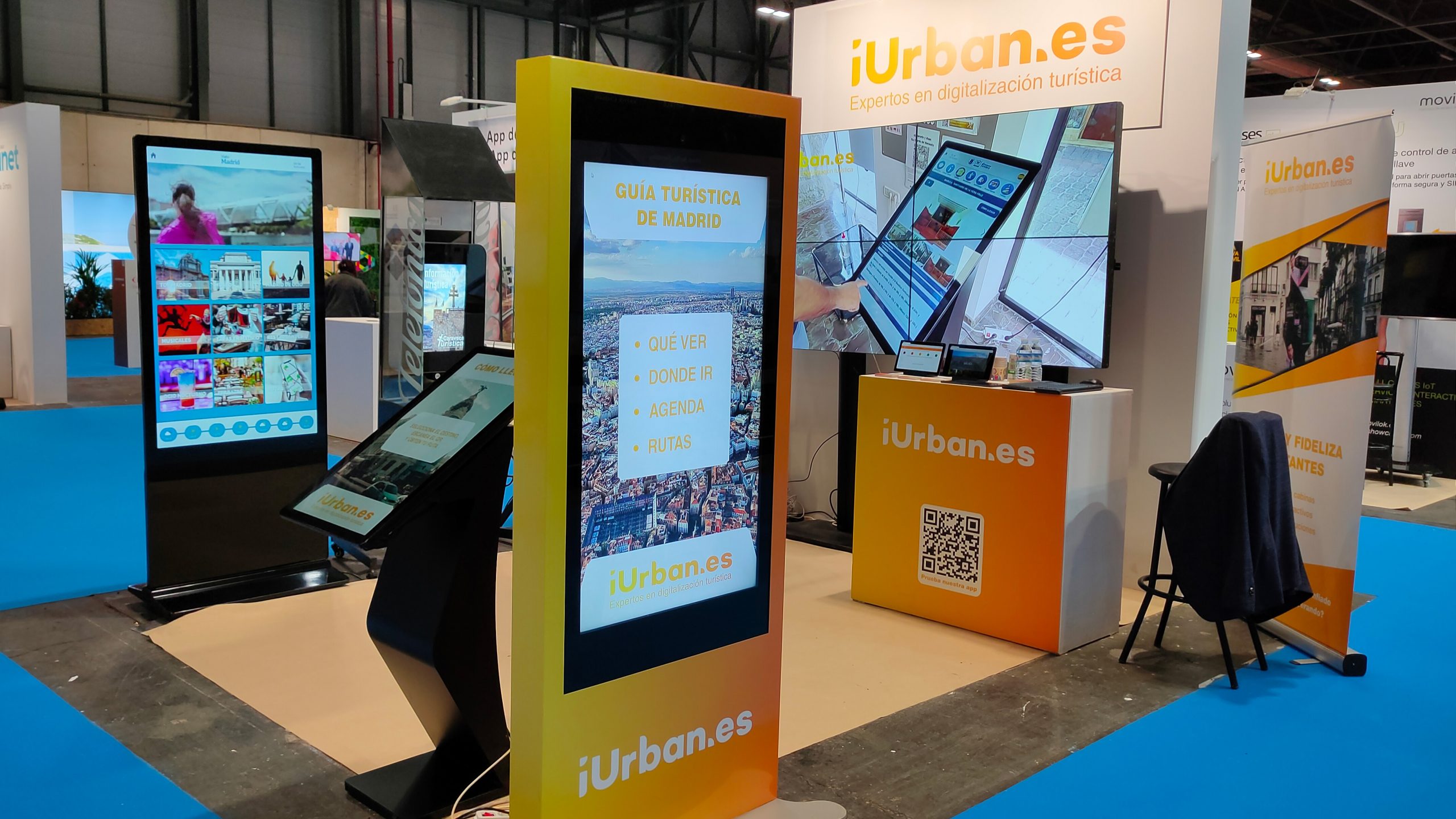
Step 6: The smart tourism system
Now it’s time to put all the pieces together. You need to build a dashboard that provides you with a snapshot of the tourist’s journey, from the moment they discover the destination, during their visit and after they return home.
You will have to compile all the KPIs and statistical data: visitors served, queries, brochures downloaded, budget invested, use of hardware (interactive totems), applications, social media, email marketing, multimedia material, participation in surveys, visitor logs… in short, everything that is related to the smart destination solutions deployed.
All the data will converge in the dashboard, where you’ll be able to assess the progress of transforming into a smart destination, measuring annual increases and forecasts.
Step 7: Your tourist information centre, your best example
The proof of the pudding is the eating and it’s at your tourist information centre, the main point of contact between the tourist and the destination, where you have to implement most of these measures.
Visitor logs will enable you not only to know the source, number of queries and type of queries, but also to collect tourist data for use in a CRM.
You can install indoor digital totems, interactive wall-mounted displays, digital kiosks and other supports with QRs or NFCs inside your tourist centre or information point. This will help streamline queues, because these physical devices can answer queries and provide brochures in digital format while staff are busy helping other people or concentrating on other tasks.

The interactive window display allows you to provide service while the centre is closed to the public. It can even be available 24/7, or you can choose to switch it off whenever the display is unlikely to be used (the early hours of the morning, for example).
You can also install outdoor digital totems as well as embed screens into the façade. Besides providing information, digital totems installed on public roads can be equipped with sensors to measure noise, air quality and other examples mentioned above.
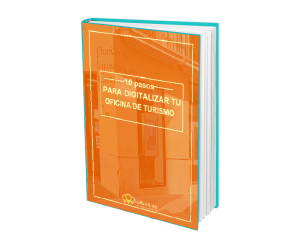
Get the 10 Steps to Digitalising Your Destination guide
Want to know how to digitalise your town or city? Download our ebook and learn the 10 steps to becoming a smart tourism destination. If you’re already on your digitalisation journey, use it as a checklist for self-assessment. Fill in the form below and download the guide for free.

